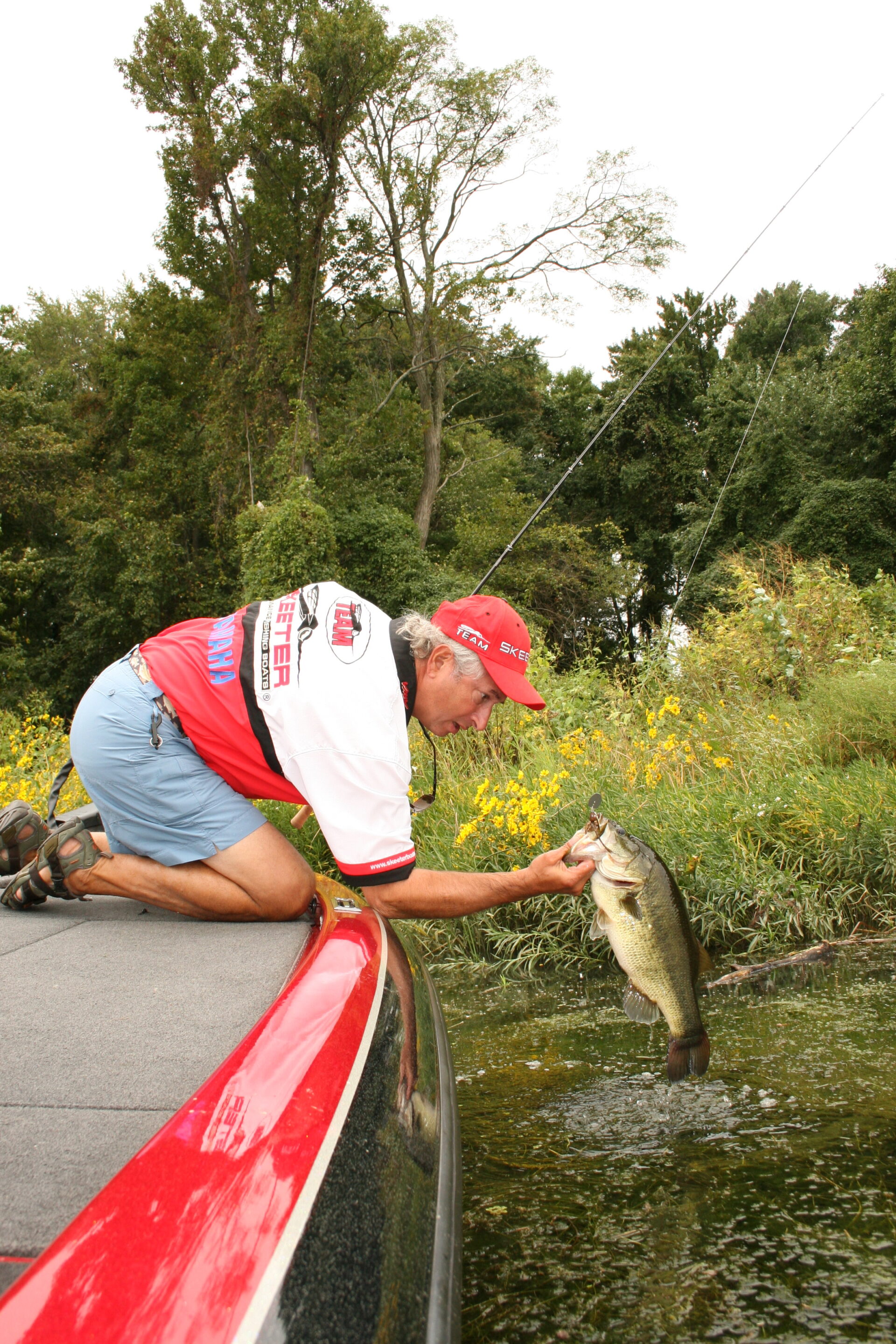By Steve Chaconas
Keeping fish alive in livewells, through release, during hot summer months is challenging even with modern livewell systems. Ice, additives, and replacing livewell water gets fish to scales but, by the time livewell fish are released, survivability is challenged. Anglers watching fish swim away assume they’ve done their jobs as conservationists.
Fish die before being weighed (initial mortality). But fisheries managers have determined delayed mortality exists, where some fish released after tournaments die. MD DNR Statewide Operations Manager Dr. Joe Love says they see floating dead fish that succumbed to delayed mortality within 48 hours after a tournament.
For at least two decades tournaments across the country have documented delayed mortality. Public perspective should concern anglers as the sight of dead fish, combined with the odor as they decompose in boat launch and dock areas, will embolden the outcry to ban tournaments.
Early bass tournaments didn’t emphasize fish care but a gradual process of enhanced care, with catch and release in the name of conservation, evolved and has improved with technology and changing angler attitudes. Fish survival is further encouraged with dead fish penalties.
Dr. Love says, “Delayed mortality adds to total mortality and as we remove more and more large fish from the fishery, the fishery could be compromised.” Eventually anglers won’t catch lunkers and may catch fewer fish.
Better fish care is presented to tournament anglers. Maryland DNR partnered with BassCat Mercury pro Mike Iaconelli to demonstrate fish care in an online video. Keeping Bass Alive, the complete tournament angler guidebook is on the Maryland DNR site as are conservation tips.
Tournament anglers can do their parts by ensuringa their batteries are fully charged and livewells arefully operational. Frequent water exchanges throughout the day and high aeration are essential as oxygen rapidly depletes in closed containers, particularly during summer.
Mortality at the scales is decreasing. However, this varies with water and air temperatures. Dr. Love adds that the presence of largemouth bass virus can have a higher impact on fish survival after release. As the impact of Potomac River bass mortality remains to be seen, the overall population remains robust, according to Dr. Love.
Getting the true measure of delayed mortality requires monitoring tournament fish up to four days to observe mortality in net pens, tagging studies, and in the hatchery for long-term monitoring is difficult. It’s not routinely done. It’s estimated that delayed mortality is greater during summer, up to 40%. The DNR and BBAC stress the importance of implementing best management practices during summer (lowering creel limits, using catch-photo-& release, or catch-weigh & release). Shorter events, starting earlier in the day can improve summer bass survival. Reducing the number of summer tournaments is the best plan to reduce delayed mortality.
Ultimately, it’s up to tournament anglers to maximize livewell efficiency no matter the season. Tournament directors need to have smooth weigh-ins to avoid further stressing fish. All anglers other than tournament competitors need to take better care of their fish as delayed mortality can occur from any type of fishing activity.
Author Capt. Steve Chaconas is Potomac bass fishing guide & freelance writer. Potomac River reports: nationalbass.com. YouTube video channel NationalBassGuide



